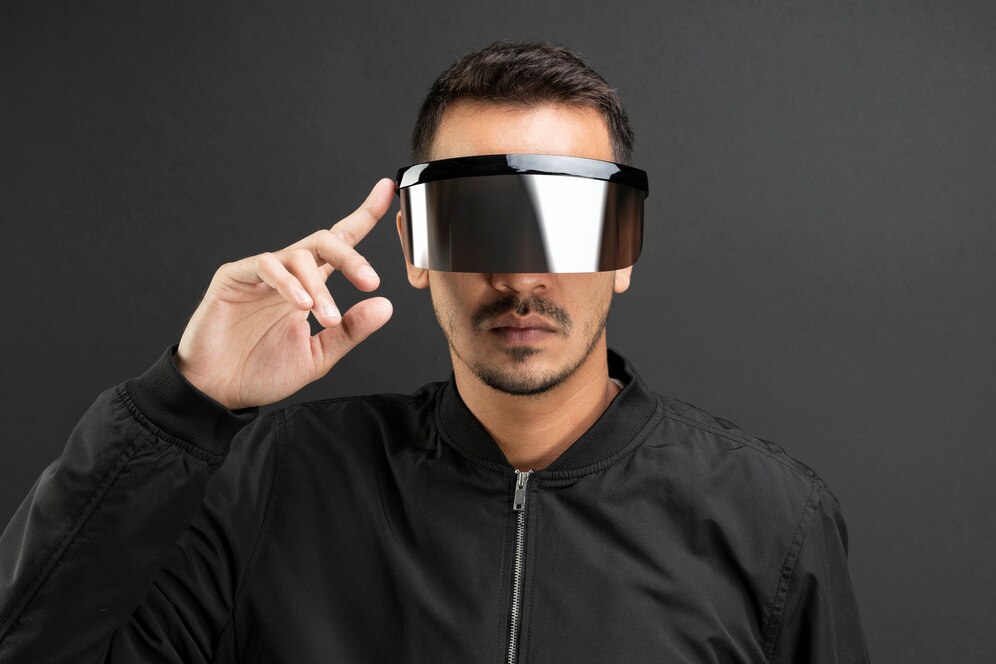Once seen as a sci-fi dream—or a punchline—smart glasses are staging a serious comeback. But unlike the clunky, privacy-invading Google Glass experiment from 2013, today’s wearable tech is sleeker, smarter, and actually useful.
Major players like Meta, Ray-Ban, Apple, and Xiaomi are betting big on smart eyewear. And this time, they might just get it right.
So what’s changed? And why does it feel like this round of smart glasses is finally catching on?
The Hardware Got a Makeover
The first generation of smart glasses tried to do too much—and looked awkward doing it. The new wave? It’s all about subtlety.
Today’s smart glasses are almost indistinguishable from regular frames. Companies have managed to squeeze in cameras, microphones, speakers, displays, and sensors without making users look like cyborgs.
-
Ray-Ban Meta Smart Glasses look like stylish sunnies but come with built-in video capture, voice control, and open-ear audio.
-
Xreal Air and Rokid Max focus on immersive AR/VR display experiences, all in a compact form.
-
Rumors swirl around Apple’s Vision products potentially extending to everyday glasses that sync seamlessly with the iPhone ecosystem.
In short: they look cool now. And that matters.
AI Changed the Game
The biggest difference? Smart glasses today don’t just display information—they understand context.
Thanks to real-time AI, these glasses can:
-
Translate languages on the fly
-
Identify landmarks or objects
-
Provide turn-by-turn navigation through voice or visual overlays
-
Act as AI assistants, like a more discreet version of Siri or ChatGPT in your ear
Imagine walking through a foreign city while your glasses quietly translate signs, narrate directions, or identify historical spots. That’s not science fiction anymore—it’s rolling out in beta.
Voice + Vision = True Hands-Free Living
Today’s smart glasses aren’t trying to replicate your phone—they’re trying to free you from it.
With voice-first interfaces powered by AI, you can:
-
Capture photos or video hands-free
-
Send texts or take calls without pulling out your phone
-
Get notifications, reminders, or updates directly into your ears (and in some cases, on a mini heads-up display)
The experience is less about flashy visuals and more about ambient intelligence—tech that fades into the background but steps up when needed.
The Use Cases Are More Realistic
Rather than trying to be a do-everything device, smart glasses are now built around specific, compelling use cases.
Think:
-
Cycling, running, and hiking: real-time stats, music, and maps without distraction
-
Travel: translation, navigation, local discovery
-
Content creation: POV videos, livestreaming, vlogging
-
Productivity: dictating notes, reminders, or even summarizing meetings
And for people with vision impairments, smart glasses can offer game-changing accessibility, describing environments, reading signs aloud, or guiding users through unfamiliar places.
Privacy Considerations Are Built In (Mostly)
One of the biggest failures of early smart glasses was the privacy backlash. People didn’t want to be unknowingly recorded—or stared at by someone wearing an obvious camera.
Today’s devices are more discreet and ethical by design:
-
Indicator lights signal when recording is happening
-
Clear user permissions and limited video storage
-
Better security protocols and transparency
It’s not perfect, but it’s a major step forward.
The Future: Smart Glasses as the Next iPhone?
Companies aren’t just thinking about smart glasses as accessories—they’re betting on them becoming the next major platform.
As phones plateau in innovation, smart eyewear could evolve into your main computing interface—especially when paired with AI, voice assistants, and cloud processing.
We’re not there yet, but we’re closer than you think. Apple’s Vision Pro may be the bulky first step, but smart glasses could be the everyday evolution that takes AR mainstream.
From Gimmick to Everyday Essential
Smart glasses failed the first time because they were too early, too bulky, and too disconnected from what people actually wanted. But this time? The tech is mature, the design is sleek, and the AI is catching up to the vision.
Smart glasses aren’t trying to replace your phone anymore. They’re trying to quietly complement your life.
And if they keep improving this fast, they just might succeed.

